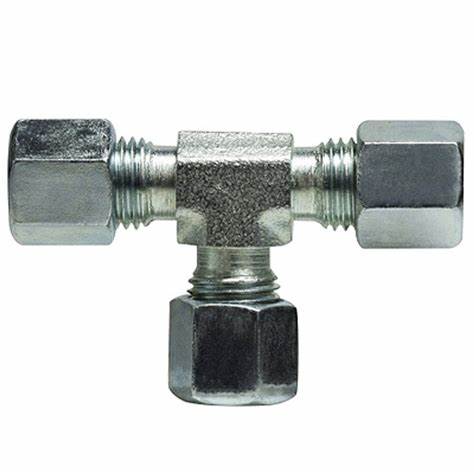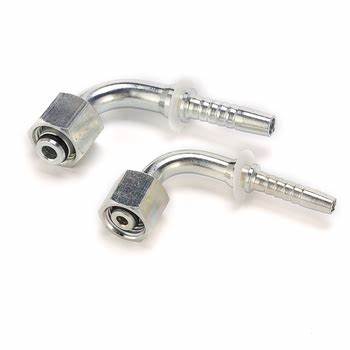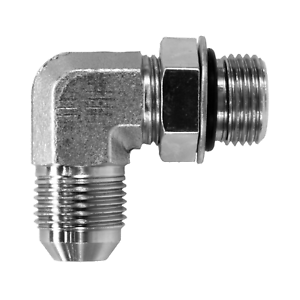By Josh Cosford, Contributing Editor
Several standards for metric hydraulic fittings exist, including DIN 2353, ISO 8434-1, ISO 6149-1, and BS EN ISO 12151-2. Each of these standards has its unique features and specifications, which are essential to know. They ensure that the fittings used in hydraulic systems meet the required standards and are compatible with the plumbing and components of your system.

DIN 2353 (Figure 1) is a standard for compression fittings used in hydraulic systems. It defines the fittings’ dimensions, material specifications, and performance requirements. DIN 2353 fittings are known for their reliable performance and ease of assembly, making them a popular choice for hydraulic systems.
ISO 8434-1 is an international standard for metal tube fittings used in hydraulic systems. It covers a wide range of fittings, including compression, flare, and bite-type fittings. ISO 8434-1 fittings are known for their high quality, durability, and vibration resistance, making them suitable for high-pressure hydraulic systems.

BS EN ISO 12151-2 (Figure 2) is a British standard for hydraulic hose fittings. It covers a wide range of fittings, including hose fittings, hose tails, and adaptors. The standard specifies the fittings’ material, dimensions, and performance requirements, ensuring they meet the required standards for use in hydraulic systems.

ISO 6149-1 (Figure 3) is the most recognizable metric thread form to most North Americans, used primarily for ports on pumps, valves, and actuators. Similar to the SAE ORB port style, it uses a bonded rubber washer to seal the port inside a machined turndown at the face of the port. They offer a high-quality, durable, leak-free seal with port sizes ranging from M8 to M60, making them suitable for high-pressure hydraulic applications.
What are the differences between these standards?
Although all four standards cover hydraulic fittings, each has unique features and specifications. For example, DIN 2353 is primarily used for compression fittings, while ISO 8434-1 covers a broader range of fittings, including flare and bite-type fittings. In addition, some fittings combine the DIN 2353 compression end with an ISO 8434-1 or 6149-1 threaded end.
On the other hand, BS EN ISO 12151-2 focuses primarily on hydraulic hose fittings. This fitting style has a unique poppet shape on the female portion and includes an O-ring across the cone shape of the poppet. Each standard has its own material specifications, dimensions, and performance requirements.
How do I choose the suitable hydraulic fitting standard?
The choice of hydraulic fitting standard depends on the specific application and components in your system and may also come down to your geography since where you live and work plays a part in which fittings your local industry is comfortable with.
Factors such as pressure rating, fluid compatibility, and temperature range must be considered when selecting the fitting standard for your application. It is essential to consult the equipment manufacturer’s recommendations or seek advice from a qualified hydraulic technician to ensure that the correct fitting standard is chosen.
Are metric hydraulic fittings interchangeable with other standards?
Metric hydraulic fittings are generally not interchangeable with other standards, especially the imperial JIC or SAE fittings, due to the differences in thread diameter, pitch, and shape. However, some manufacturers produce fittings that interchange between different standards. That said, care must be taken to ensure compatibility with the specific plumbing, valves, pumps, and actuators selected.
This then begs the question — can I use different standards of hydraulic fittings in the same system? If the fittings fit (correctly), you can get away with different standards. However, using different standards of hydraulic fittings in the same system is generally not recommended, as this can lead to leaks, poor connection strength, and confusing maintenance. It is essential to use fittings that meet the same standard and are designed to work together to ensure optimal machine performance and the safety of the surrounding workers.
Filed Under: Components Oil Coolers, Couplings & Fittings, Engineering Basics, Hose Assembly Tips